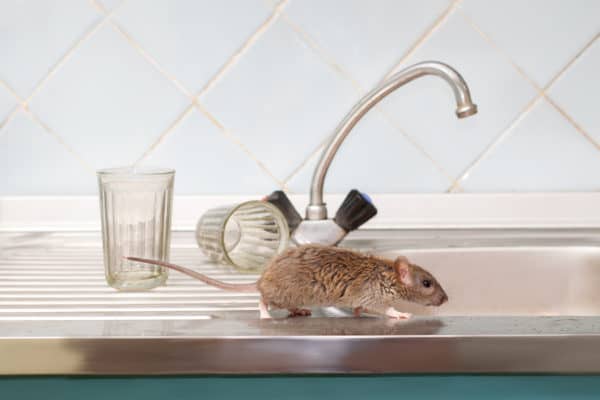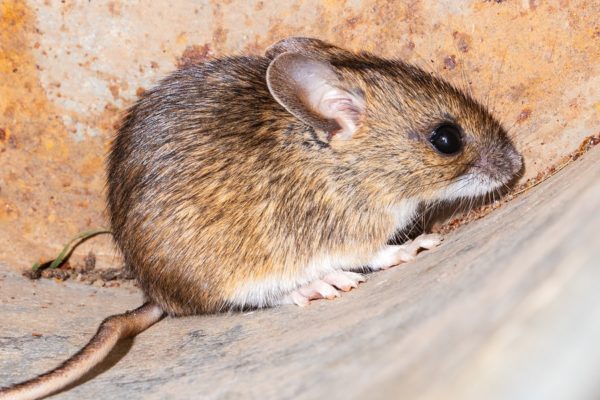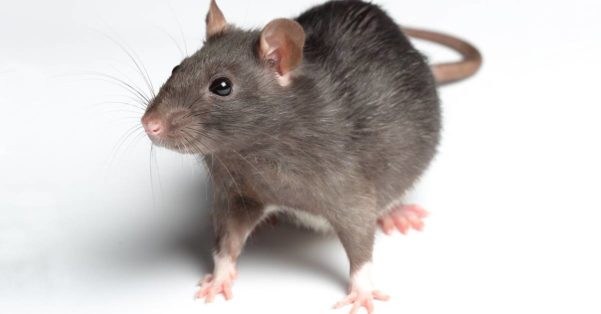READY TO GET STARTED?
REQUEST A FREE ESTIMATE
Fill out the form below or call (888) 466-7849 for a free, no-obligation estimate.

Homeowners can all agree that the idea of having rats inside your home can be very alarming! These rodents can easily sneak into your basement, walls, and even in kitchen cabinets. At first, rats may not reveal themselves to you. However, there are a few clues to look for when you start to suspect you might have rats roaming inside your house.
One sign that you possibly have rats is seeing gnawing marks. Rats are known to sneak behind walls and gnaw on wires. This can be especially dangerous as it can increase the risk of a fire in the home. Make sure to check out any exposed wood inside or around your house for gnawing marks.
Another common sign of rats is seeing their nests. Rats usually prefer to nest underground or in attics and you’ll typically find them in dark secluded areas hidden from any possible disturbances. They commonly build their nests using paper products like cotton, fabrics, wall insulation, or any soft material found in the environment. Rats are also known to leave tracks or rub marks throughout your home while following a trail from their nest to food sources. They will usually leave dark grease or dirt marks along walls and floorboards.
A major sign you’ve got a rat infestation is seeing their droppings. Rat droppings usually measure around 1/8-1/4” long and are generally left behind randomly, but are often found in places where food is stored, such as cabinets or pantries. You can also find droppings inside cardboard boxes, along baseboards, and even on top of wall beams. Seeing rat droppings could indicate that its time get rodent control help from a professional pest control company. Professionals are able to inspect the home and begin the best method of treatment.

Signs of a rodent infestation are pretty easy to spot – droppings in the house, chew marks, gnawed wood, and scratching and squealing sounds at night are all pretty good indicators of a rodent problem. Before deciding on a course of treatment, however, the first step is determining which type of rodent you have. So how do you know if you have a rat or a mouse?

Mice are small rodents, usually about 2 to 4″ in length, with thin, long, slightly hairy tails. They have triangular shaped noses with long whiskers and large floppy ears. Mice can be brown, gray, or white in color. Mice droppings are small and smooth with pointed ends, usually about 1/8 to 1/4″ in length. They leave anywhere from 40 to 100 droppings per day. Mice prefer cereal grains or plants but will eat almost anything. They are nocturnal and tend to be bolder than rats. They are curious and will explore new things, making them easier to trap. They are skillful climbers and their small size allows them to access more areas of your home.

Norway rats are larger rodents, usually weighing about 11 ounces and measuring 7 to 9 inches in length. They have heavy, thick bodies that are brown in color with black shading and shaggy coats. Norway rats have blunt, rounded noses and short ears. Their tails are thick, hairless, and scaly and are dark colored on top and pale underneath. Norway rat droppings are brown and blunt on both ends and they leave anywhere from 20 to 50 droppings per day. They prefer fresh grains and meat but will eat just about anything. These rats typically live in burrows and prefer lower levels of homes and buildings. Norway rats are nocturnal and are more fearful and cautious than mice, making them more difficult to trap. They can climb but prefer to stay closer to the ground.

Roof rats are smaller than Norway rats, weighing about 7 ounces. They have light, slender bodies that are gray in color with smooth coats. They have thick, hairless, scaly tails that are dark in color. Roof rats have pointed snouts with large ears. Roof rat droppings are dark with both ends pointed. They will also eat just about anything but prefer fresh grains and meat. They are nocturnal and timid in nature. Because of this, they can be difficult to trap. They are excellent climbers and are more often found nesting in walls, attics, and trees.
Regardless of whether you have mice, Norway rats, or roof rats, all of these rodent species can cause damage to your home and property by chewing through wires, pipes, insulation, and drywall. They can also cause damage to furniture and carpets. All rodents can contaminate food and countertops. Serious diseases caused by rat droppings and mouse droppings include Hantavirus, salmonellosis, and more. They all reproduce quickly and a minor problem can become a major infestation in no time.
Keeping these pests out of your home is critical to helping protect the safety of both your family and your property. Here are some rodent control tips you can implement in and around your home: